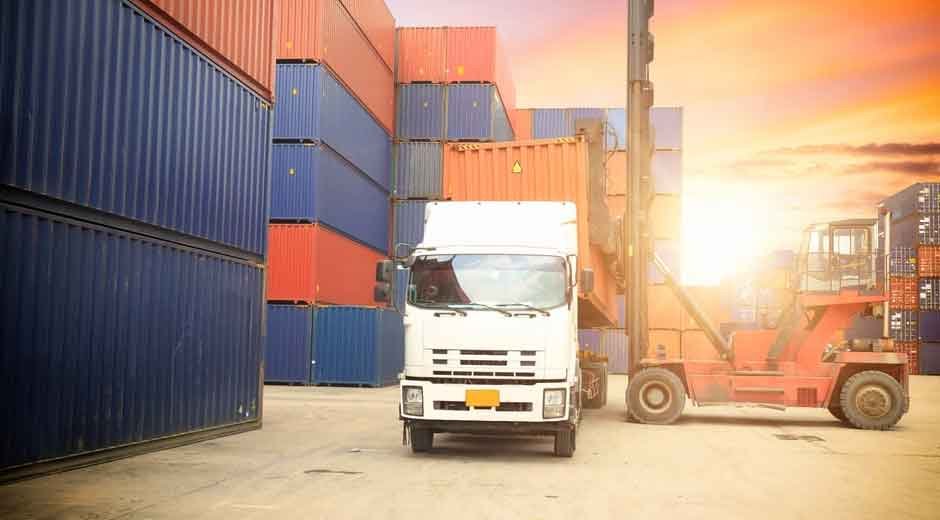Transporting large volumes of materials requires careful coordination and attention to multiple factors. This process involves moving large quantities of loose goods, such as grains, minerals, or cement, without the need for packaging. The success of these operations depends on understanding the essential elements that support safe and efficient transit.
Equipment Selection and Suitability
Choosing equipment that matches the type of material is fundamental in bulk transportation. Different bulk goods may have properties that affect how they should be handled, especially in commercial dry bulk transportation, where some materials might be prone to moisture absorption or require special containment to prevent contamination. Using vehicles or containers that suit the cargo’s needs helps manage these concerns and ensures consistent handling throughout the journey.
The capacity of transport vehicles also influences efficiency. It is necessary to ensure the equipment can carry the intended load without compromising safety or regulatory limits. Additionally, the ease of loading and unloading can vary depending on the type of equipment, which impacts turnaround times and operational flow.
Planning the Transportation Route
Another important factor for bulk material movement is carefully planning the route. Selecting a path that balances distance, road conditions, and access restrictions can affect delivery schedules and operational costs. Roads with weight limits or low clearances may require alternative routes to accommodate heavy or oversized loads.
External factors, such as traffic patterns and weather conditions, are considered during route planning. This helps in anticipating potential delays and identifying suitable locations for stops or transfers. The goal is to maintain consistent movement while complying with safety regulations and minimizing disruptions.
Handling and Protection of Materials
The way bulk materials are handled throughout transport plays a role in maintaining their condition. Proper loading techniques ensure an even distribution of weight and prevent spillage or dust generation during transit. Coverings or seals may be applied when necessary to protect materials from environmental exposure, such as rain or wind.
Personnel involved in loading and unloading follow established procedures that reduce the risks of damage or contamination. Attention to detail during these stages supports the integrity of the cargo until it reaches its destination. Regular training and adherence to safety protocols further minimize handling errors and maintain consistent quality throughout the process.
Adherence to Regulatory Requirements
Compliance with transportation regulations is a key consideration in bulk shipping operations. Legal requirements cover aspects such as vehicle specifications, driver qualifications, and limits on load sizes. Special regulations may apply if the cargo is classified as hazardous or subject to environmental controls.
Maintaining the necessary permits and keeping proper documentation is part of meeting these rules. Regular inspections and audits help ensure that operations align with applicable standards, supporting consistent adherence over time. Staying informed about updates or changes in regulations also helps avoid unintentional non-compliance and promotes smoother transportation processes.
Use of Communication and Monitoring Tools
Communication systems and tracking technology contribute to effectively managing bulk transportation. Real-time tracking provides visibility into the location and status of shipments, allowing for better coordination among transport teams and customers. This can help address any unexpected changes in schedule or routing.
Information sharing through communication channels facilitates smooth collaboration between drivers, dispatchers, and clients. Collecting data from monitoring tools also supports ongoing evaluation and planning of transportation activities. These insights enable proactive adjustments that can improve overall efficiency and responsiveness.
The process of commercial dry bulk transportation involves multiple factors working together to support dependable material movement. Equipment suitability, route planning, careful handling, regulatory compliance, and communication systems all have roles to play. Considering these elements helps maintain consistency and supports operational needs throughout the transportation process.










